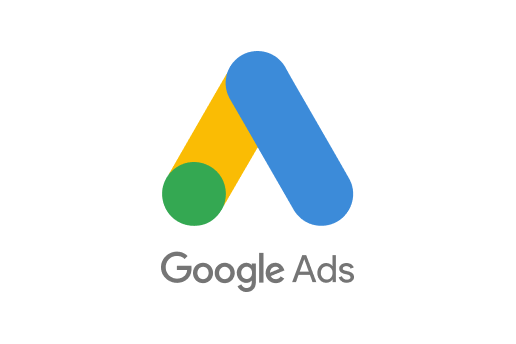5 Google Ads Best Practices You Need To Know
What makes the perfect Google ad?

Integrating a digital marketing campaign is one of the most effective ways to promote your business. However, it involves more than simply throwing money at online ads and expecting a solid return.
Running ads on Google can be a highly lucrative investment. We’ve put together a guide with the Google Ads best practices you need to keep in mind.
Let’s get started.
1. Have a Comprehensive Understanding of Your Audience
As you might anticipate, it’s crucial that you have a strong understanding of your audience. Otherwise, you will not be able to create ads that they find relevant.
In practice, this means considering factors like:
· Age
· Level of education
· Annual income
· Hobbies/interests
· Geographic location/time zone
You can then use this information to anticipate what your audience is looking for online. By extension, you can then figure out what keywords they are likely to search for.
In general, it’s best to avoid using broad keywords as the basis of your ads. If you choose broad terms, Google will put your ads in front of an enormous audience.
However, your ads will be irrelevant to most of them, resulting in a lower click-through rate (CTR). You also end up spending more on these ads.
2. Maximize Your Quality Score
As the name suggests, the quality score of your ads will determine a metric known as AdRank. This determines how highly your ad is placed among your competitors.
Your quality score is calculated based on how relevant your ads are to your audience.
Part of calculating relevance involves measuring your CTR. This can be broken down into three areas:
· Whether or not your ad delivers what your audience expects to see
· How relevant your keywords are
· The overall experience the user has on your landing page
It should come as no surprise that focusing on these attributes will help ensure that your quality score increases over time.
3. Write a Captivating Headline & Description
Your headline plays a large role in whether or not users click on your ad. After all, it is typically the first aspect of your advertisement they encounter.
The same can be said about the description of your ad.
If you don’t place a large emphasis on ad copy, there is a strong chance that you won’t be able to reach your goals. However, writing strong ad copy involves more than clever wordplay.
It should always be relevant to the interests of your audience. More specifically, your ad copy should provide information directly related to what they are searching for.
The type of words you use should also help alleviate any concerns your audience has. For instance, a Google ad for a free trial for software should include terms like “safe,” “risk-free,” etc.
Keep in mind that ad copy can only take you so far — it’s up to the content on your landing page to help convert your leads.
4. Consider Your Potential Placement Options
Interestingly, many of those who advertise on Google don't have a full understanding of how placement works. In fact, many people tend to believe that the Google Display Network is simply an enormous group of websites that are chosen to run ads on.
In reality, you have the opportunity to display ads within videos and applications. This can drastically increase the number of people who are exposed to your ad.
However, advertisers also have the opportunity to manually choose the location where the ads are placed. This is known as "managed placement."
In some circumstances, you may not want your advertisement to appear in certain locations at all. Fortunately, Google allows you to exclude certain platforms from your campaign.
Choosing the right placement option is just as important as choosing the correct keywords. If you don’t show your ads in the right places, then they will be far less effective than you anticipated.
Keep this in mind when moving forward so that you understand what attributes to modify if your ad performance is not meeting your standards.
5. Remarket Appropriately
Remarketing (also known as retargeting) refers to a specific way of advertising to your audience. To elaborate, it involves advertising to members of your audience who have engaged with your brand before but have not made a purchase.
So, the advertisements that you show these individuals need to be different compared to the ads you show someone who has never heard of your brand. Tracking cookies will help determine whether or not someone has engaged with your brand in the past.
It will also provide insight into the type of websites they are likely to visit, allowing you to learn more about their activity.
This information can be used as the foundation for your remarketing campaign. For example, let’s assume a member of your audience saw one of your advertisements on a YouTube video.
You can then show them additional ads as they continue to browse YouTube or use other websites. As long as you keep this factor in mind, you’ll find that your Google Ads campaigns are much more successful.
Following These Google Ads Best Practices Is Essential
From here, you’ll be able to maximize the return you get from your initial investment. So, keep these Google Ads best practices in mind to help ensure you get the results you are after.
Want to learn more about what we have to offer? Feel free to get in touch with us today and see how we can help.








